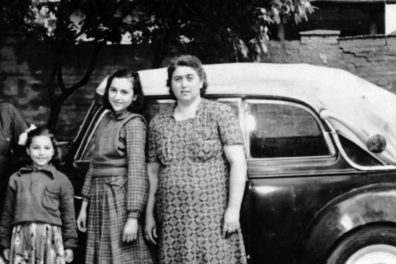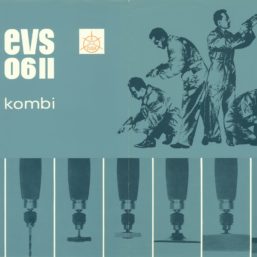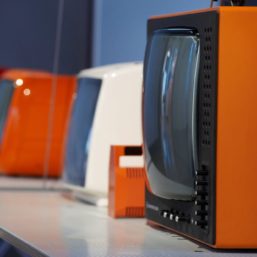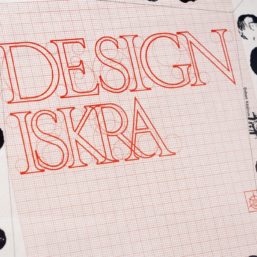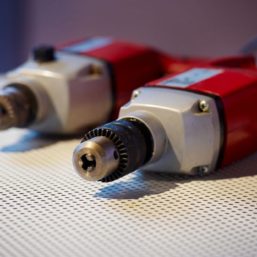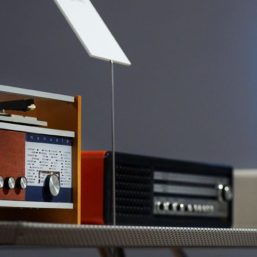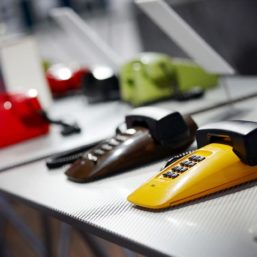Iskra
24.04-23.06.2013
The exhibition presents products that as pioneering achievements demand to be placed on the international map of industrial and graphic design. At the same time it draws attention to a successful company that with its daring and innovation encouraged competition and progress, not limiting itself to economic and national borders. The Iskra project represents an expert evaluation of the recent history of Slovene design and preserves Iskra products as an important part of industrial and cultural heritage.
The selection of items dated from the period of the company’s founding in 1946 to the breakup of the Iskra Group in the early 1990s. Both the exhibition and the monograph focuses on the period 1960–85. The year 1960 marks the end of the integration process that ended with the founding of the Iskra Group and the company’s research and development institute. The company ensured the concentration of development personnel and equipment in one place, yielding the right conditions for the development of its own know-how and its application to products. The main focus of the exhibition is the industrial and graphic design items that resulted from Iskra’s know-how and its design department’s efforts, with emphasis on technological progress.
Some of Iskra’s products are: the Iskradata computer almost entirely developed by Iskra, robot Roki 200 that was exhibited in Hanover in 1988, portable TV Minirama, etc. As a sponsor, Iskra supplied technical equipment for the Winter Olympics in Sarajevo. In 1988 company supervised project of traffic automation in the city center of Beijing.
The exhibition Nonaligned Design was premiered in 2010 in Ljubljana at the Museum of Architecture and Design as a celebration of a kind – 30 years since Iskra’s most famous product, telephone ETA 80 designed by Davorin Savnik – was produced. The popular ‘Iskra’s phone’ was exported and copied in many countries and in 2010 it was included in the design collection of the Museum of Modern Art (MoMA) in New York.
Authors of the exhibition: Barbara Predan and Cvetka Požar.
Organized by the Museum of Architecture and Design and the Pekinpah Association.
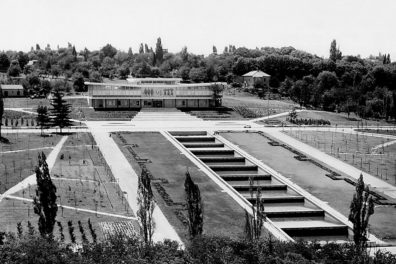
The Origins: The Background for Understanding the Museum of Yugoslavia
Creation of a European type of museum was affected by a number of practices and concepts of collecting, storing and usage of items.
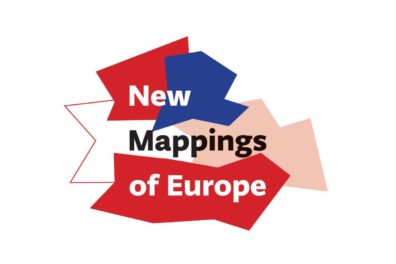
New Mappings of Europe
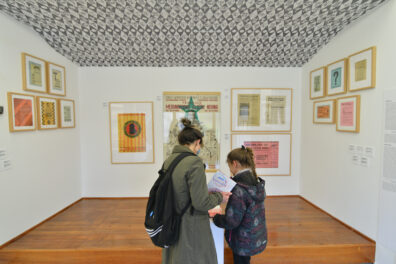
Museum Laboratory
Starting from the Museum collection as the main source for researching social phenomena and historical moments important for understanding the experience of life in Yugoslavia, the exhibition examines the Yugoslav heritage and the institution of the Museum
